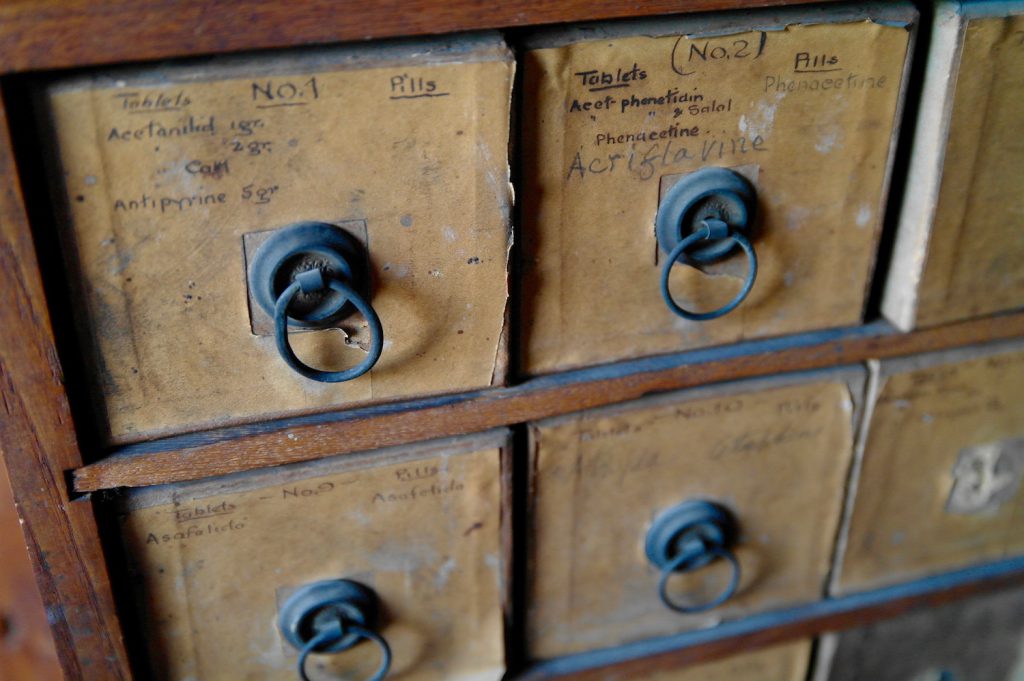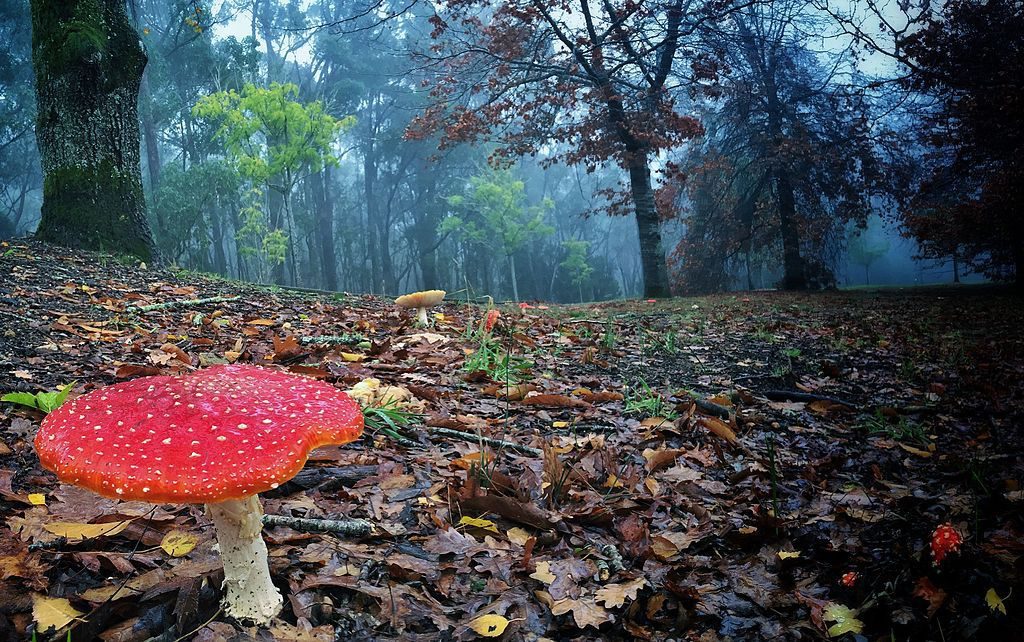Medieval Italians Enjoyed a Rich Diet and Access to
Pharmaceutical Care
by Samantha Snider

Analysis of the fossilized dental plaque of individuals from a rural town in a Medieval Italy has revealed that they enjoyed a highly varied diet, engaged in trade with Asia, and practiced medicinal plant use.
KEYWORDS: medicine, trade, diet reconstruction, Italy
Despite an overall poor quality of health and hygiene in the Dark Ages, new research indicates that some of the luxuries of modern medicine were available, even to the farmers of rural Italy. Remains from Colonna, a small town outside of Rome, have revealed conditions ranging from a broken leg to heart failure that may have been treated with plants. In addition to
medicinal plant use, researchers have found evidence of trade with Asia and a highly varied diet by analyzing the fossilized plaque, called dental calculus, of 47 individuals from this site (Gismondi et al., 2018).
The remains studied, which were dated to about 900 AD, were exhumed from central Italy in 2008. A research team from the University of Rome analyzed the dental calculus and was able to identify ingested materials by looking at particles trapped in it under a microscope. They also used gas-chromatography mass-spectroscopy, which is a method of chemical analysis
that measures ratios of different elements present in a sample. This innovative study is the first to use the latter technique on Medieval Italian remains and provides the first reconstruction of diet for any Early Medieval population.
The chemical analysis revealed that four individuals had particles of a tea leaf from the Camellia sinensis plant embedded in their dental calculus. This plant is native to Southeast Asia, indicating that Italy engaged in trade with the region. The tea leaf may have been chewed or brewed into a drink and was likely consumed for its caffeine content and diuretic effects. Additionally, brewing tea with boiled water would have made it safer to drink than the available, untreated water.
It was also determined that muscimol, a toxic substance produced by Amanita mushrooms, was ingested by one individual. Eating one of these mushrooms can quickly cause death, but muscimol can be used to alleviate pain and is nonlethal if taken in small enough doses. This individual also had a broken leg that would have undoubtedly been extremely painful, so it is likely that the properties of this mushroom were understood, and he was given small amounts to ingest. Using similar analysis of chemical markers and indicators of disease in other individuals, researchers drew conclusions regarding which other plants may have been used and why: foxglove to treat heart failure, hyssop to soothe coughs, mugwort to aid in digestion, and jointfir to ease asthma-like symptoms.

pain-relieving but psychoactive substance muscimol. Photo: Michael Hartwich.]
By examining the dental calculus under a microscope, the foods eaten by the population of Colonna were determined. The basis of their diet consisted of grains and vegetables (such as carrots, cauliflower, and cabbage), occasionally supplemented by meat and dairy products, which corroborated results from previous research (Baldoni et al., 2016). However, it was also found that this seemingly plain diet actually included fish, nuts, olives, wine, fruit, herbs, and spices in addition to the known staples.
Diet and trade are key contributors to understanding a culture, and the University of Rome research team was able to provide novel insight into these realms for Medieval Colonna. Beyond expanding the knowledge of culture and customs, this exciting new research by Gismondi et al. sheds light on the early stages of medicine and pharmaceutical science. Certainly, Medieval life was less than ideal, but evidence from Colonna suggests that even the peasantry enjoyed the occasional glass of wine and had access to natural drug prescriptions when ill.
References
Baldoni M, Nardi A, Muldner G, Lelli R, Gnes M, Ferraresi F, Meloni V, Cerino P, Greco S, Manenti G, Angle M, Rickards O, and Martínez-Labarga C. (2016). Archaeo-biological reconstruction of the Italian medieval population of Colonna (8th-10th centuries CE). Journal of Archaeological Science: Reports, 10, 483-494.
Gismondi A, D’Agostino A, Canuti L, Di Marco G, Martínez-Labarga C, Angle M, Rickards O, and Canini A. (2018). Dental calculus reveals diet habits and medicinal plant use in the Early Medieval Italian population of Colonna. Journal of Archaeological Science: Reports, 20, 556-564.
Hartwich M. (Photographer). (2016, May 12) Mushroom in the hills of Adelaide [digital image]. Retrieved from https://en.wikipedia.org/wiki/Amanita_muscaria